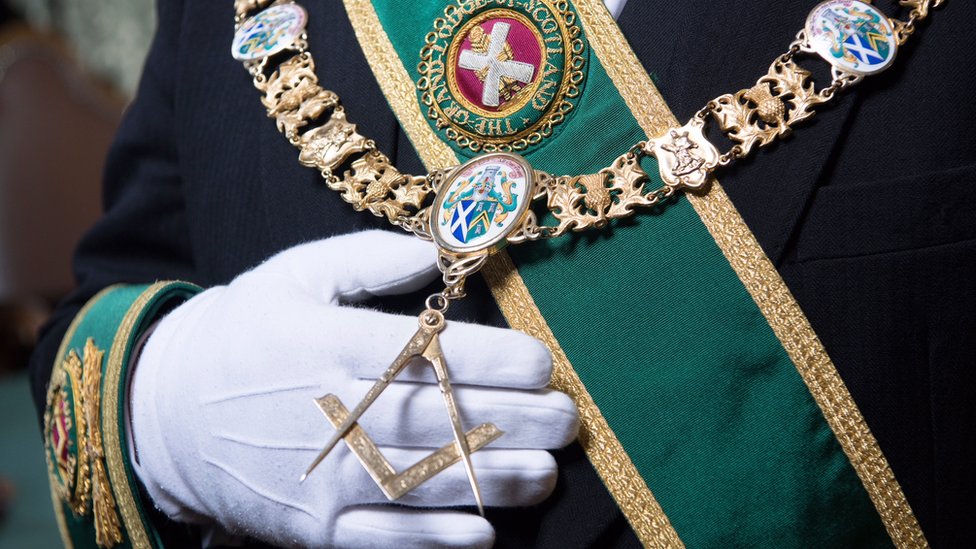Learn the Details Behind the Membership Process to Join Freemason Confidently
Learn the Details Behind the Membership Process to Join Freemason Confidently
Blog Article
Discovering the Mysteries of the Freemason: What You Need to Know
The Freemason, a term commonly shrouded in intrigue and debate, represents a complex tapestry of historical truth and modern myth. Developed in the late 18th century, this secret culture was originally rooted in the Knowledge's ideals however has actually considering that come to be identified with conspiracy theories concerning elite control. As we browse the beginnings, vital numbers, and the plain contrast between myth and reality, one have to take into consideration just how these stories influence contemporary perceptions of power and privacy. What may be exposed through a closer examination of these components might challenge long-held presumptions concerning the shadows that linger in our culture.
Beginnings of the Freemason
The origins of the Freemason are soaked in a blend of historic intrigue and ideological fervor. Established in 1776 in Ingolstadt, Bavaria, by Adam Weishaupt, the team was originally developed as a secret society intended at promoting Knowledge suitables such as factor, secularism, and the splitting up of church and state. Weishaupt, a teacher of canon law, looked for to test the dominating authority of the church and state, which he saw as overbearing institutions suppressing intellectual and individual freedom.
The Freemason sought to hire significant members from different social sectors, including national politics, academic community, and the arts, to foster a network devoted to these Knowledge concepts. The culture operated under a veil of secrecy, utilizing coded language and routines to shield its members from oppression, particularly offered the repressive environment of the time. The Freemason dealt with considerable resistance from both governmental authorities and spiritual establishments, which watched the team as a hazard to their power.
Key Numbers and Participants
That were the pivotal figures that shaped the Freemason's very early impact and instructions? The Bavarian Freemason, started in 1776 by Adam Weishaupt, became a response to the overbearing social frameworks of the moment. how to become a freemason. Weishaupt, a regulation teacher, imagined the company as a way to promote Enlightenment suitables such as reason, secularism, and equality. His initial recruitment initiatives consisted of significant pundits, such as Baron von Knigge, that played a critical duty in increasing the team's membership and organizational framework.
One more significant figure was Johann Gottlieb Fichte, a noticeable thinker whose concepts on nationalism and education and learning reverberated with the Freemason's goals. Fichte was not an official member, his thoughtful bases influenced the team's belief. Additionally, numbers like the writer and theorist Johann Wolfgang von Goethe were connected with the broader intellectual activities of the time, although their straight involvement with the Freemason remains questioned.
These crucial figures added to the Freemason's early instructions, pushing the borders of political and social thought, while their cumulative efforts intended to challenge well-known norms and foster a climate of modern modification in Europe.
Myths vs. Truth
Many false impressions border the Freemason, typically mixing reality with fiction in a way that obscures its true nature. The notion that the Freemason proceeds to apply substantial impact over world events is a misconception - how to become a freemason.
An additional widespread myth is that the Freemason consists of a network of elite individuals adjusting global events. In truth, numerous conspiracy theories exaggerate the team's importance, connecting misguided motives to social trends and events. This has actually led to an oversimplified view of complex issues.

Modern Interpretations
Contemporary interpretations of the Freemason frequently show more comprehensive societal anxiousness and an attraction with privacy and power. This modern lens often associates the Freemason with conspiracy theory theories that suggest a hidden elite orchestrates world events, manipulating federal governments and economic climates for their own gain. Such stories touch into a deep-seated distrust of authority, especially in times of situation or social turmoil.

Moreover, some contemporary interpretations mount the Freemason as a metaphor for the intricacies of globalization and the interconnectedness of significant individuals and companies. This perspective encourages a crucial exam of just how power dynamics operate in today's world, highlighting the equilibrium between openness and secrecy in governance and company practices.
Cultural Influence and Heritage
Influenced by centuries of intrigue, the cultural effect and tradition of the Freemason prolong much past its historical beginnings. This secret culture, developed in the late 18th century, has permeated different aspects of pop culture, from literary works and film to songs and art. The concept of the Freemason has actually developed right into a symbol of conspiracy theory theories, usually representing a perceived surprise power manipulating global occasions.
In literary works, authors like Dan Brown have woven the Freemason into detailed stories, fascinating viewers with themes of secrecy and power. Films such try these out as "National Prize" and "The Da Vinci Code" additionally continue the appeal of the culture, blending reality with fiction to develop interesting stories.
The Freemason's impact additionally prolongs into songs, with musicians referencing the company to evoke styles of rebellion and social critique. go to the website This portrayal has contributed to an attraction with the idea of clandestine teams managing the bars of power, reflecting social anxiousness regarding authority and openness.
Ultimately, the Freemason's tradition is a complex tapestry of myth and fact, shaping assumptions of secrecy and control in contemporary discussion. Its long-lasting presence in society emphasizes humanity's perennial pursuit for understanding covert facts.
Conclusion
The exploration of the Freemason exposes an intricate interaction between historical truths and modern-day myth-making. Established in the Enlightenment age, this culture intended to test overbearing frameworks, yet its legacy has been eclipsed by conspiracy theory concepts that recommend elite control. Understanding the differences in between the original suitables and modern analyses is important for comprehending the withstanding attraction with the Freemason and its substantial impact on social stories bordering power and privacy in culture.
Report this page